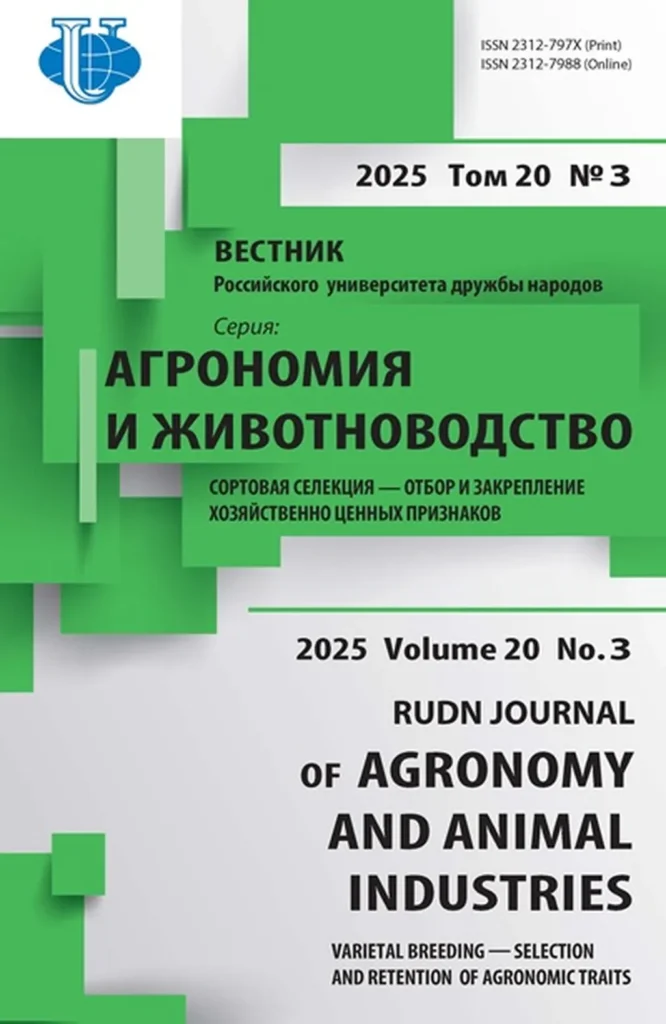In the heart of Russia’s Central Non-Black Earth region, a critical battle is being waged—not against invaders or natural disasters, but against a persistent agricultural foe: leaf rust. This fungal disease, caused by Puccinia triticina, threatens wheat crops, potentially slashing yields and denting farmers’ livelihoods. New research published in the *RUDN Journal of Agronomy and Animal Industries* sheds light on how different varieties of spring wheat (Triticum aestivum L.) fare against this menace, offering hope for more resilient crops in the future.
Leaf rust is a perennial problem for wheat growers, particularly in regions with fluctuating weather conditions. The study, led by Boburjon B. Najodov of the Russian State Agrarian University – Moscow Timiryazev Agricultural Academy, evaluated 15 spring wheat varieties over four years (2021-2024) to understand how their genetic resistance to leaf rust affects yield. The findings reveal a complex interplay between resistance genes, weather conditions, and crop performance.
Najodov and his team discovered that resistance genes, known as Lr genes, played a significant role in protecting wheat crops during years with low infection pressure. However, during epidemic years, these genes were less effective, highlighting the need for more robust resistance strategies. “In years with favorable weather conditions from sprouting to heading, resistance to leaf rust positively influenced grain yield,” Najodov explained. “But during drought periods, this resistance had no significant effect on yield.”
The study identified two particularly effective resistance genes: Lr19 + Lr6 (from the donor variety Tulaykovskaya 108) and Lr21 (from the donor variety Granny). These genes provided relatively effective protection in years with low infection pressure, but their performance waned during high-pressure epidemic years. This insight is crucial for breeders aiming to develop new wheat varieties that can withstand the challenges posed by leaf rust.
The commercial implications of this research are substantial. Wheat is a staple crop, and any improvement in resistance to leaf rust can translate to higher yields and more stable food supplies. For farmers, this means less reliance on fungicides and a more predictable harvest, which can stabilize incomes and reduce the economic impact of crop failures. For the agriculture sector as a whole, it opens doors to more sustainable and resilient farming practices.
Looking ahead, the research underscores the importance of continued investment in breeding programs that focus on identifying and combining effective resistance genes. “More effective genes or their combinations should be considered when developing new varieties for the Central Non-Black Earth region of Russia,” Najodov suggested. This approach could lead to the development of wheat varieties that are not only resistant to leaf rust but also adaptable to varying weather conditions, a critical factor in an era of climate change.
The findings published in the *RUDN Journal of Agronomy and Animal Industries* provide a roadmap for future research and development in wheat breeding. By understanding the limitations and potential of current resistance genes, scientists and breeders can work towards creating more resilient wheat varieties that can withstand the challenges of both biotic and abiotic stresses. This research is a stepping stone towards a future where wheat crops are not just survivors but thrivers, ensuring food security and economic stability for farmers and communities alike.

